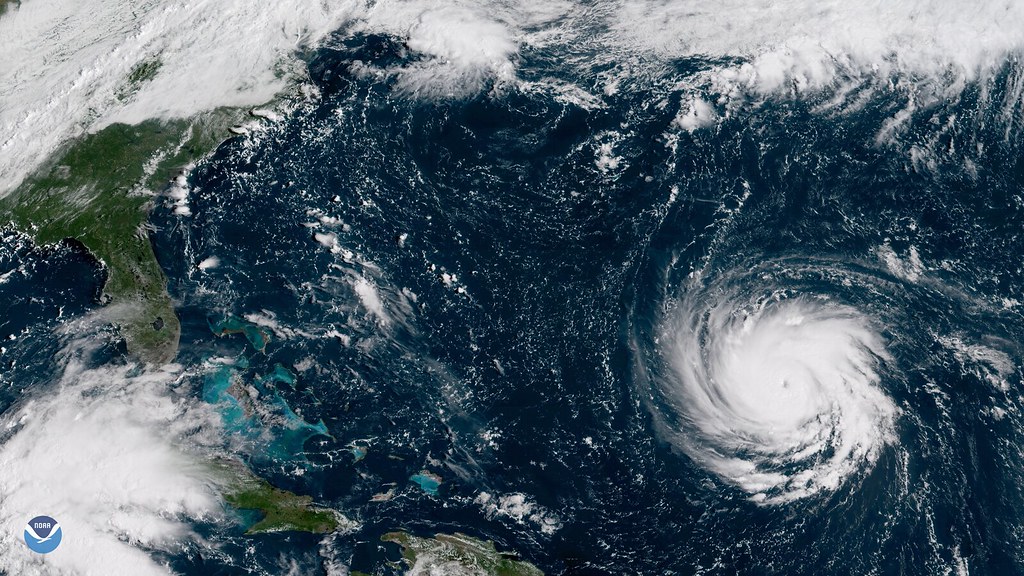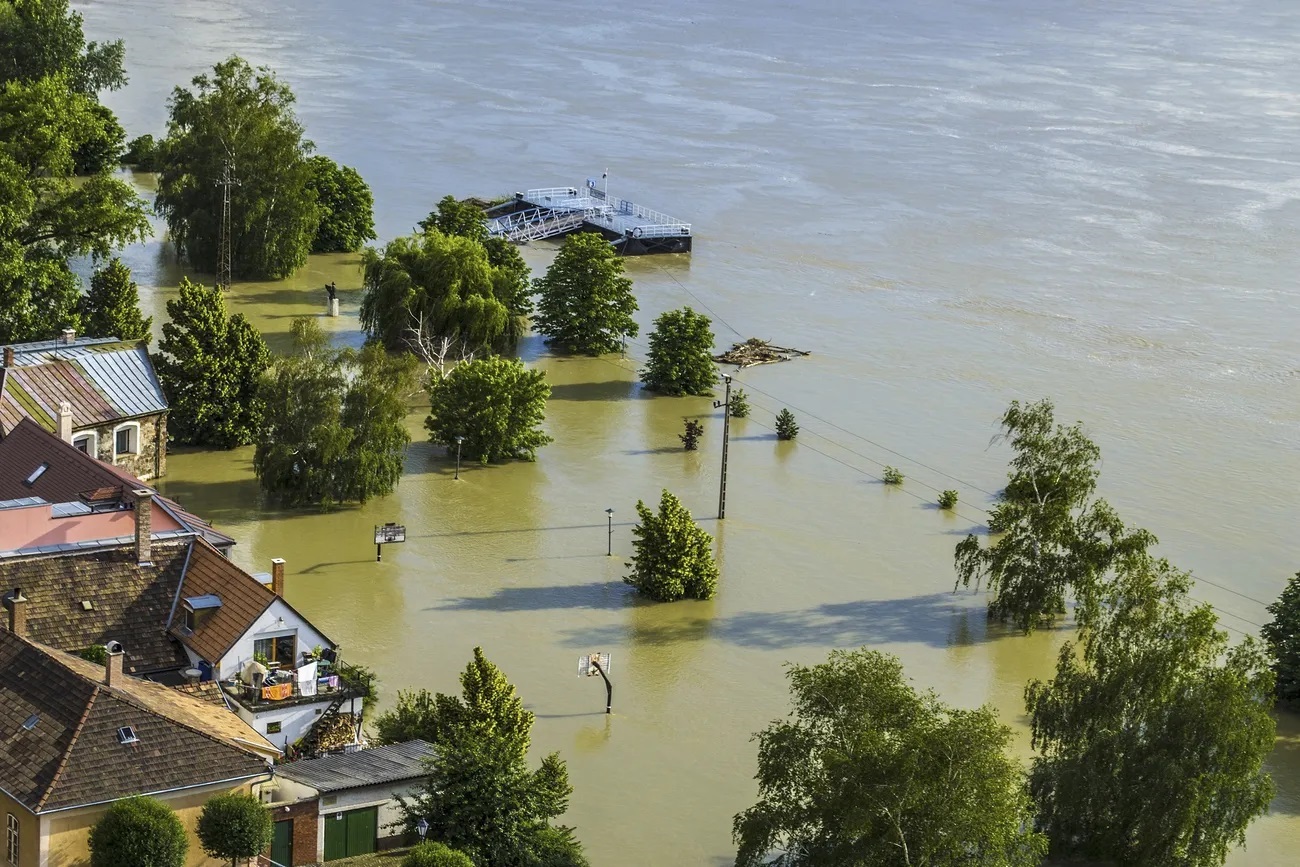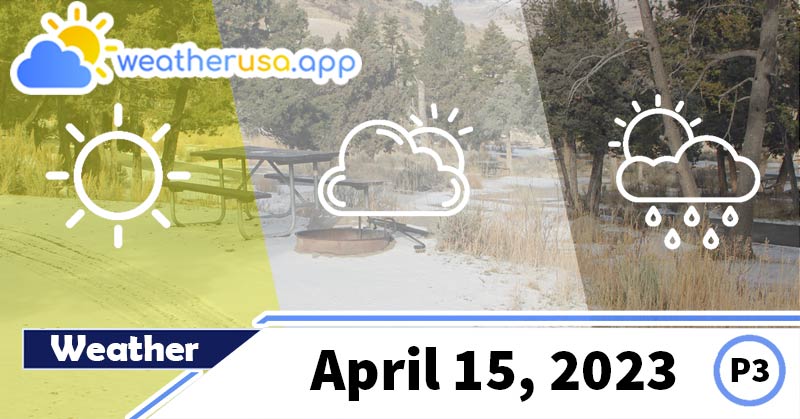
Oceans
Oceans
Oceans are bodies of salt water that cover about 70.8% of the Earth’s surface and contain 97% of Earth’s water. An ocean can also refer to any large body of water into which the world ocean is conventionally divided.
Different names are used to identify five other regions of the ocean: the Pacific Ocean, the Atlantic Ocean, the Indian Ocean, the South, and the Arctic. Sea water covers about 361,000,000 square kilometers of the planet.
The ocean is a significant component of the Earth’s hydrosphere and is, therefore integral to life on Earth. As a giant heat reservoir, the ocean influences climate and weather patterns, carbon, and water cycles.

Climate Change Indicators: Oceans
Oceans affect weather on a local and global scale, while environmental changes can fundamentally alter many ocean properties. This chapter examines how some of these crucial features of the ocean have changed over time.
Why is it important?
- As greenhouse gases absorb more energy from the sun, the oceans absorb more heat, increasing sea surface temperatures and rising sea levels. Changes in temperature and ocean currents caused by climate change will lead to changes in climate patterns around the world.
For example, warmer water can promote the development of more powerful storms in the tropics, which can cause property damage and loss of life. The impacts related to sea level rise and storm surge are more vital, especially concerning coastal communities.
- Although the oceans help reduce climate change by storing large amounts of carbon dioxide, increasing dissolved carbon levels are changing seawater’s chemistry and making it more acidic.
The increased acidity of the ocean makes it harder for some organisms, such as corals and shellfish, to build their skeletons and shells. In turn, these impacts can dramatically alter the biodiversity and productivity of ocean ecosystems.
- Changes in ocean systems typically occur over a much longer time than in the atmosphere, where storms can form and dissipate in a single day.
The interaction between the oceans and the atmosphere occurs slowly over months to years, and so does the water movement in the oceans, including the mixing of deep and shallow water.
As a result, trends can persist for decades, centuries, or longer. For this reason, even if greenhouse gas emissions were to stabilize tomorrow, it would take decades to centuries for the oceans to adapt to changes in the atmosphere and climate happened.
Summary of main points
Sea surface temperature. Ocean surface temperatures increased around the world during the 20th century. Even with some variation from year to year, the overall increase is apparent, and sea surface temperatures have consistently been higher for three decades than any time since reliable observations began in the late 1800s.

Sea level. When averaged over all the world’s oceans, sea levels have risen at a rate of about 6/10 of an inch per decade since 1880. The rate of increase has accelerated in recent years to more than an inch every decade.
The change in sea level relative to land varies by region. Along the coast of the United States, sea level rise was highest along the Mid-Atlantic coast and parts of the Gulf coast, where some stations recorded a sea level rise of more than 8 inches between 1960 and 2021.
Sea levels have fallen relative to land in some parts of the United States. Alaska and the Pacific Northwest.
A closer look: Loss of land along the Atlantic coast. As sea levels rise, dry land and wetlands can turn into open water. Along many parts of the Atlantic coast, this problem is made worse by the low elevation and the subsidence of the land.
Between 1996 and 2011, Florida to New York coastline lost more ground than it gained.
Coastal flooding. Flooding is becoming more frequent along the US coast as sea levels rise. Every location measured has experienced an increase in coastal flooding since the 1950s.
Rates are increasing at most places along the East Coast and the Gulf. The East Coast suffers from the most frequent coastal flooding and has experienced the most significant increase in the number of days of flooding.

Higher acidity affects the mineral balance in the water, which can make it more difficult for some marine animals to build their skeletons or protective shells.
Weather 01852 - Lowell MA

49°
overcast clouds
Feels like 48°05:32/19:50
50°F
/47°F
82%
1016 hPa
7 mi
3.44 mph



